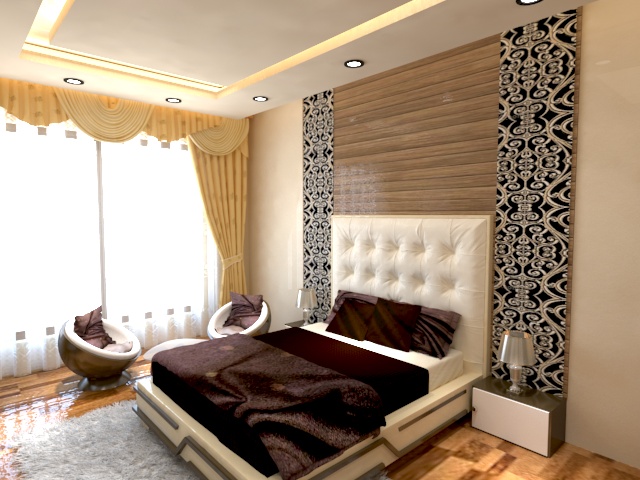DIPLOMA IN DESKTOP PUBLICATION (DTP) 6 MONTH
Chapter 1: Welcome to Desktop Publishing
Part I – Introduction
Why Learn Desktop Publishing (DTP)?What is DTP?
Letterpress Printing
Wooden Types and Metal Types
Hot Metal Types
Printing Photographs
Lithography and Offset Printing
Gravure
Hardware Requirement
Software Requirement
DTP Operators Arsenal
1.1.8 Text Editors
1.8.2 Word Processors
1.8.3 Vector Illustration Applications or Drawing Applications
1.8.4 Bitmap Image Editing Application
1.8.5 Page Layout Applications
1.9 Scanning
1.10 Printing
1.11 Monitor
1.12 Input and Output Device, and Storage
1.13 Vector Graphics and Raster Graphics
1.14 Fronts
1.14.1 Front Styles
1.14.2 Serif and Sans Serifs
1.14.3 Dimension of Front
1.14.4 Fixed Pitch Front and Proportional Spaced Front
1.14.5 Scaling, Tracking, Kerning, Leading and Ligatures
1.14.6 Fronts in your computer
1.14.7 Vectors Fronts (or outline fronts) and Bitmapped Fronts
1.15 Character level and paragraph level Formatting
1.16 Drop Caps
1.17 Hyphenation
1.18 Alignments
1.19 Indentation
1.20 Single sided and double sided Documents
1.21 Headers and Footers
1.22 Footnotes and Endnotes
1.23 Using the Mouse
1.24 Using the keyboard
1.25 Selecting the Text and Graphics
1.26 Cut, copy, paste and clipboard
1.27 Graphics File Formats
1.28 Half-tone Image
1.29 Screen colors (RGB) and Printer colors (CMYK)
1.30 Sports colors and process colors
1.31 colors separation
1.32 coleus half –tone Image
1.33 Generic process in Desktop publishing
Part II: CorelDraw 10
Chapter 2: The Fascinating CorelDraw 10
2.1 Welcome to CorelDraw 102.1.1 Starting CorelDraw 10
2.1.2 Creating the very fast Drawing
2.1.3 Saving the Drawing
2.1.4 Closing the Drawing and shutting Down CorelDraw 10
2.2 Opening and Exiting Drawing
2.3 The dialog Box Open Drawing
2.4 Status Bar
2.5 Cartesian Coordinates
2.6 The property Bar
2.7 Creating a Text File
2.8 Basic Terms
2.9 The toolbox
2.10 Page and Pasteboard
Chapter 3: Adventures with CorelDraw 10
3.1 Standard Tool Bar3.2 Handling Shapes using the property Bar
3.3 Rotating Objects
3.4 Lines and Arrows
3.5 Page and Document Setup
3.6 Rulers, Guidelines and grid
3.7 Using Dockers window
3.8 Using Test
3.8.1 Artistic Test
3.8.2 Paragraph Test
3.8.3 Formatting Text
3.9 Using Help
3.10 Printing a Drawing
3.11 Arrangement of Objects
3.12 Using the Library of Clip Arts and Bitmap Image
3.13 Fun with the Artistic Media Tool
Part III: Color Plates
Part IV: Photoshop 7
Chapter 4: The Exciting Photoshop 7
4.1 Welcome to Photoshop 74.2 Opening an Image
4.3 Saving an Image
4.4 Closing an Image and Shutting Down Photoshop
4.5 Creating a new Image
4.6 Using the toolbox
4.7 Tool Options Bar
Chapter 5: More fun with Photoshop 7
5.1 Using Layers5.1.1 The Layers Palette
5.1.2 Adding a new Layer
5.1.3 Hiding a Layer
5.1.4 Renaming a Layer
5.1.5 Removing or deleting a layer
5.1.6 Merging Layers
5.1.7 Copy and Paste with Image
5.1.8 Flattening the Image
5.2 Seeking Help
5.3 Paths for saving Selection
5.4 Fascinating Colors
5.4.1 Various Colors model
5.4.2 The Colors Pickers
5.4.3 The Colors Palette
5.4.4 The Colors Swatches Palette
5.4.5 ICC (inter- Color Consortium)
5.5 Inserting Test and Image
5.6 Printing Image
5.7 Filters to Improve the Image
Part V: PageMaker 7
Chapter 6: The Marvelous Page Maker 7
6.1 Why PageMaker?6.2 Creating a new publication in PageMaker 7
6.2.1 Starting PageMaker 7
6.2.2 The dialog Boxes Document Setup and save Publication
6.2.3 Closing the publication and Shutting PageMaker
6.3 The Dialog Box Open Publication
6.4 Text Blocks
6.4.1 Drawing a Text Block by dragging the mouse-cursor
6.4.2 Empty Test Blocks are Deleted Automatically
6.4.3 Creating a Test Block by a Mouse click
6.4.4 Fitting Test Blocks on a page
6.4.5 Inserting Pages While Placing Test
6.5 Handling Pages
6.5.1 Inserting Page
6.5.2 Deleting Page
6.5.3 Go to the desired page
6.6 Flow of Text in linked Text Blocks
6.7 Using the Toolbox
Chapter 7: The Power of PageMaker 7 Unleashed
7.1 Using the Tool Bar7.2 Importing Text
7.3 Manual Semi-automatic and Automatic Test Flow
7.4 Importing Picture
7.5 Wrapping Text around pictures
7.6 Character Level Formatting
7.7 Paragraph Level Formatting
7.8 Opening Multiple Publication Windows
7.9 Using Story Editors
7.9.1 Editing and Existing Story
7.9.2 Creating a new Story
7.9.3 Using Story Editor Effectively
7.10 Spelling, Find, and Change
7.10.1 Checking Spelling
7.11.1 Dialog Boxes Find Change
7.11 View, Page, and Pasteboard
7.12 Grouping and Arranging
7.13 Using Styles
7.13.1 Using the Predefined Styles
7.13.1 Creating a new Style
7.13.2 Using Styles Effectively
7.14 Using the Document master pages
7.14.1 Why Use Master Page
7.14.2 Numbering Pages
7.15.3 Creating the Sample Publication Nature
7.15 Sample Publication
7.16 Printing and Color Separation
Chapter 8: A quick tours of QuarkXPress, MS Publisher, Corel VENTURA, and Adobe Illustrator
8.1 A Quick Tour of QuarkXPress 4.08.1.1 Creating a new Document
8.1.2 Saving a Document and Creating a Template
8.1.3 Closing and Opening a Document Shutting QuarkXPress
8.1.4 Using the Tools Platte
8.1.5 Creating and Linking Text Boxes
8.1.6 Importing Text
8.1.7 Importing Pictures
8.1.8 Resizing and Relocating Boxes
8.1.9 Formatting Text
8.2 Quick Tour of MS Publisher 2000
8.3 Quick Tour of Corel VANTURA 5.0
8.4 Quick Tour of Adobe Illustrator 9.0
8.5 Generic Tips for DTP Professional



































